In recent weeks I’ve been gradually completing the preparation for the 2009 Hokkaido Photography Tour & Workshop. Today I’m going to take you through some of the details about the workshop, as it’s going to be a little different from this year’s. I have updated the Workshops Web site too, so if you are at a computer now, take a look. [Tour details are now here] I’ll put a link in the show-notes too. Let’s get right into it though, and see what’s in store for you in our 2009 Winter Wonderland Workshop!
So, first off, I need to tell you that like any good businessman, I listen to my customers, and at the end of this year’s workshop, I got a lot of feedback from the participants. One of the things that I heard which I was most conscious to implement next time around was that everyone thought the trip had been too short. We actually spend about four and a half days on the ground in Hokkaido, making it a five day trip including travel. As it turned out that most of the participants came to Japan just for this trip, and because there was just so much to see and photograph, most people wanted more time in Hokkaido. So, the biggest change is that I have doubled the length of the tour in 2009. Instead of staying four nights in Hokkaido, we’ll be there for eight nights, giving us eight and a half full days on the ground, or nine days including the travelling.
Now, I have built in an early drop-out option too, and those that simply cannot get the time, or don’t want to spend the money on the full tour can actually drop out after the first four and a half days. If you go for this option, you will be dropped at the Memanbetsu airport at lunchtime on the fifth day and given your ticket back to Tokyo Haneda airport. The rest of the group will continue on to concentrate on Landscape work, moving in land towards the Daisetsuzan National Park and around to the Furano and Biei areas, so we won’t be hanging around too long with you at the airport. You’ll know which gate to board from though, and it’s not so difficult to get around once back in Tokyo. Still, I really hope that anyone that signs up can stay with us for the full nine days, because it is really going to be the photography tour and workshop of a lifetime. Let’s go on and talk a little about the details.
The photography tour and workshop will start on Monday, February 16, 2009 and end on the 24th. The drop out day is Friday the 20th, if that is your only option. We will fly from Haneda aiport in Tokyo to Kushiro airport in Hokkaido. The first five days will be very similar to the 2008 tour. If you want to hear how that went, I suggest you listen to episodes 125, 126, 127 and 128 of this Podcast, in which I reported back on the trip this year. I also went into detail on the plans for this leg of the tour in Episode 103, though this was before we actually went, so probably not as valuable as the four trip report episodes. Another point of reference is the video that I released in episode 146, which was basically 12 images from myself and 4 of the 5 2008 participants. This is not only fun to watch, but will give you a good idea of the various ways people interoperated the locations and brought their own sensitivity to the photography. With all this information related the first five days, I’m not going to go into too much detail about it today except for a brief explanation of where we’ll go and what we’ll see.
So, we take an early flight to Kushiro on the 16th, and make our way straight to the Akan International Crane Center, about 30 minutes or so from the airport. There is nowhere to change on the way or at the airport, so I suggest you leave arrive at the airport in your cold weather clothing, and everything handy for your first day’s shooting. For anything that you’ll need on the first day that has to go into your baggage, make sure it’s near the top and easily accessible. We want to be out on the snow and shooting as soon as possible after landing. Depending on the weather, we’ll move to a different spot before sunset, and spend our first night in the hotel Taito in a small village called Tsurui, that basically translates as Cranes are Here. What a cool name for a town. Unless something changes, this is the only hotel on the tour this year where some people will have to share. It’s a very nice hotel, with great food and people, but it’s relatively small compared to the pretty much luxury hotels that we stay in for the rest of the trip, and they simply don’t have enough rooms for us all to have one each.
The following morning we get up bright and early and go down to the river trying to get shots like image number 1704. This is one of the most risky locations in terms of whether though. I’ve been here numerous times during winter mornings, and only had these conditions once. It’s not rare, but when you only have one morning, we could easily miss this. Keeping fingers crossed though. We then shoot cranes after breakfast until lunch time, then move to the Kussharo Lake, where we’ll do some panning shots, shooting the Whooper Swans as they come into land and take off from the frozen lake. This was incredible fun last time.
We then stop in the Kussharo Prince Hotel that night, which has an amazing buffet which also went down very well last time. The following morning it’s up before dawn again, and off to the Bihoro Pass for some dawn landscape photography like that in image number 886. Remember that although it can be quite warm, reaching almost freezing point, during these dawn shoots it will typically be about minus 18 to 22 degrees Celsius, or 0 to minus 8 degree Fahrenheit, so you will need good thermal clothing, which I’ll get to later.
After breakfast on this day we drive over to Rausu, which is a pretty long drive, and we will shoot the waterfall on the way into town, like we can see in image number 1724, as well as the ice floe on the sea if it’s there. Depending on the time and our luck, we might also see some deer on this afternoon. The third night we stay in the Rausu Daiichi Hotel.
On the forth morning, the morning of the 19th, weather permitting, we will board a boat called the Ever Green and sail out into Rausu Harbour to shoot Steller’s Sea Eagles and White Tailed Eagles. Was of my favourite Steller Sea Eagle shots is image number 267.
There’s a nice white tailed eagle shot too, which is image number 874. Weather conditions kept us from going out last time, so keeping fingers crossed here too. By the way, I gave everyone their $90 that this excursion would have cost back, so no one was out of pocket because we didn’t go. After breakfast we shoot the ice floe if it’s there and drive around to the other side of the Shiretoko peninsula, to Utoro where we’ll shoot some deer before heading to the hotel. Here we stay in the Shiretoko Daichi Hotel which is another really nice hotel, with a great buffet. There’s a huge wooden Viking ship in the middle of the restaurant here, so you can imagine just how big it is.
On the morning of the 20th, the last day of the first phase of the tour, we have an option dawn shoot, which no one opted to do last time, as fatigue set in. What we did though was still had an early breakfast and headed off to the Shiretoko Nature Reserve, and photographed the deer and landscapes. If we don’t have any early leavers, we’ll actually stay here a little longer next time, and hopefully make our way down to the lake for some Landscape shots. This will be really nice, depending on the weather mind, and hopefully we’ll see the mountains reflecting in the surface of the larger lake. We actually split up here last time and I intend to get up to 4 radio transceivers for our next trip, so that if we do split up, if any group finds anything worth photographing, we can contact each other. As the group size increases, I also want to do this for safety’s sake. If there are 12 of us, I that means we could split up into as many as four groups, and remain in contact.
After this we will shoot the ice floe on the way out of town, as in image 1729, in which you can see the group from the 2008 trip having some fun phooning. It will be shortly after this when we say good bye to anyone that is only signed up for the first five days. The rest of the group will then head inland to the Daisetsuzan National Park. It’s a long drive though, traversing more than half the island, and it’s a big island, so we split the drive up a bit, stopping at a relatively nondescript town called Onneyu. I’ve booked us in a really nice hotel here again mind, so we should enjoy it. I considered stopping in a place called Kitami, a few miles back up the road, but Kitami is a city, so the hotel wouldn’t have been so good, and there’d have been no photography opportunities. I have never stayed in Onneyu, but it looks like we might have some luck if there’s plenty of snow.
The following day, we drive around the Daisetsuzan Mountain range to and start to drive up Mount Asahi. This will be my first visit to Mount Asahi in the winter, but if you recall episode 48 from some two years ago, you might remember this location. It’s a beautiful place. One of my favourite shots from that trip is image number 1079. We’ll stay actually on the mountain in a really nice hotel. Right now we’re booked in a certain hotel, but I’m thinking of changing this to one that I have stayed in before. We go up the mountain in a cable car, the following morning, and shoot some breath-taking winter landscapes, weather permitting of course. If the weather is bad and the cable car not running, it won’t be such a disaster and we’re already in some of the most breath-taking scenery on the planet.
After spending the morning and part of the afternoon up Mount Asahi, we’ll start to make our way over to the Furano and Biei area, and here we’ll photograph the beautiful rolling hills, with the Tokachi Mount Range in the distance. This whole area is simply beautiful, and was made famous by a Japanese photographer who’s now passed away, called Shinzou Maeda. We’ll be shooting in this area for the last two days, taking time to travel around to a number of beautiful vantage points that I know. We stay in the same hotel for both nights, which will make a change, because we’ll be able to leave our clothes and stuff in the room instead of having to uproot ourselves in the morning, like we do all the other days. It’s another really nice hotel that we’ll in at the foot of the Daisetsuzan Mountain Range, called the Shirogane Park Hills Hotel. On the afternoon of the 23rd, after shooting landscapes in the area since dawn, we’re going to visit the Takushinkan, which is the gallery of Shinzou Maeda’s photography. His son Akira is also an established photographer too, and also now has work displayed in the gallery. It’s nice and warm in the gallery, so as well as the wonderful photography this should make a nice break before going back out to shoot in the late afternoon light and hope for a nice sunset over the hills of Biei.
On the last morning of the 24th, we’ll continue to shoot the landscapes, with an optional dawn shoot, and then around lunch time start to make our way over the airport for the flight back to Tokyo Haneda airport. You’ll notice that these last two days don’t seem quite as packed as the rest of the tour, and that is something I’ve done on purpose. Depending on weather conditions and how much we think we’ve already bagged in the area, I’d like to arrange a review session in the hotel while we’re here to look at each others’ photographs and exchange ideas. If you remember, last time I started off calling this mainly a workshop, but because there is simply so much to do, we found we didn’t have time for any real structured learning. We also found though that the participants last time didn’t really need it, so I started to emphasize the Photography Tour part of this much more.
That doesn’t mean that I won’t be actively teaching anything of course. Because of the relatively full schedule, what I do is prep everyone on the bus between locations, or in the hotel the night before. I will tell you all about where we’re going, and what you’ll see there, and any special considerations that you should bear in mind while shooting. Let’s talk a little though about what you will learn or have refreshed while on with us in Hokkaido next February. This totally depends on how much you already know, and if you already know something, I will not force it down your throat. If you want to know about anything though, I will spend as much time as necessary with the group or individuals to make things perfectly clear. I will be shooting myself a little, basically because I want to be capturing something to show you guys how I am doing it, what I’m shooting and also keeping my eye on the optimal exposure values, which I relay to the group often as a reference. Although I will also be shooting, my main priority is helping you, the participant to get the best shots, and learn as much as possible while doing so. I walk amongst the group while we’re shooting to see if anyone has any questions, and provide advice, tips and techniques as necessary. Anyone can call me over at anytime as well, to ask specific questions.
Either on the bus, on location or a mixture of both, I will be working with you on the following. Whether you want to listen and try this stuff is up to you. One of the first things you will learn is how to shoot in Manual mode to overcome difficulties when shooting subjects that move from light to dark backgrounds often. This might sound very scary, but I can assure you, it is not and you will learn it very easily. You won’t be forced to go Manual if you are totally allergic to it, but I can assure you, your images, especially of the wildlife, will benefit so much from it and you’ll never look back. One participant last year found this his most valuable take-away.
You’ll learn all about exposure, including calculating exposure shifts, especially when in Manual mode. You’ll learn how to control Depth of Field and shooting at Hyper-focal Distance, and how to select an optimal focal length and compose effective images, and “edit” the scene, getting it right in camera. We’ll work on effective shooting techniques with post process panorama stitching in mind, and we’ll perfect those panning techniques to track cranes, swans and eagles taking flight, in flight and landing. We’ll work on focusing techniques and how to make the most of your camera’s focus, and improve manual focusing. One thing that I have learned a lot about myself over the last year since shooting with the 1Ds and its merciless resolution is much better stabilization techniques for telephoto lenses, and I intend to pass this on to you on the workshop. We’ll also do some long exposure work which is really such fun, you’ll love it.
If you are not used to this already, you’ll also learn how to shoot and stay safe in extreme cold and severe weather conditions. We were lucky in 2008, because during the day most days it was positively balmy. But early morning shoots are bitter, and if the weather does turn bad, that will not keep us from shooting anything at all. In fact, I’m kind of hoping we get some nice well timed snow storms, as this will make for some great photography opportunities. It might get us back to the hotel quicker than planned, but it sure won’t stop us from shooting altogether. For this, you are obviously going to need some good thermal clothing and protection for your camera gear. Even when it feels pretty warm, the outside temperature rarely goes above 0°C (32°F), and at the coldest times, can go as low as -30°C (-22°F).
So, you’re going to need some good thermal underwear, long-johns and long sleeved thermal shirts and one or two pairs of quilted trousers, like the ones used for skiing but not brightly coloured or you’ll scare off the wildlife. If your trousers are not waterproof, you might also want to bridge some Gore-Tex® over-trousers. You’ll want a waterproof down jacket, or again a Gore-Tex® over-jacket. You’ll need some thermal Boots with a sole good for walking on snow and ice, or at the very least some good quality winter hiking boots and thick warm socks with either. If your jacket doesn’t have a down or quilted hood, you’ll want a nice warm hat that comes down over your ears. You’ll need a thin pair of thermal gloves, with rubber grip on the fingers and palm so that you can operate your camera with them on. I often take a second larger pair of down over-gloves, but unless it gets really cold I rarely use them, preferring to stick my hands in my pockets when I’m not actually shooting. Bring three or four polar fleeces, or nice warm woolly jumpers or sweaters. Bring Hand Warmers and chemical Foot Warmers (that go inside your boots). If you can get the type of hand warmers that burn solid fuel sticks, these are the best to put in your pocket to keep warm. Note that you cannot carry the solid fuel sticks on the plane though, so if you need these, or chemical foot warmers for that matter, if you let me know in advance, I’ll stock these things for you and send them on to the bus company ahead of time. We can settle up the cost of these things on the first day. If you have big stuff that you want to send on yourself, let me know and I will give you the address of the bus company. They will hold it for you and bring it at the start of the tour.
So, what Photography gear do you need to bring? Ideally your camera will be a digital SLR camera, just because it saves changing film in the cold and possibly snowy weather. Also film get’s brittle in the cold. If you are used to this though, being a film shooter is definitely not a problem. For the wildlife shots you’ll want long lenses and no shutter lag, so although again, I’d be happy for you to come along, I really don’t think even a high end compact digital would be good as your main camera. If possible, a second DSLR to good compact digital would be nice for keeping a different focal length lens at the ready. For wildlife, when the birds can be far off sometimes, and then flying over your head the next minute, you really don’t have time to change lenses, so having a telephoto on one camera, and standard zoom on the other can help to get the shot.
With regards to lenses, you’ll need a telephoto lens, no shorter than 200mm at the long end. A 70-200mm lens would be about the shortest you want, but ideally you’ll have a 1.4X Extender or Teleconverter for it. If you have a 100-300 or a 100-400mm zoom that will work great, and if you have a 400, 500 or 600mm lens, BRING IT! A mid-range zoom like a a 24-700mm F2.8 or 24-105mm F4 will be useful too as an all-rounder for both birds flying overhead and landscape work. If you have one, something even wider would be good for some of the landscape work too, so do bring it along. You may have a chance to use a Macro lens, but it is not essential. If you have a 25mm extension tube, you could bring that, and turn your standard zoom into a macro too, which makes for a good compromise. A cable release or remote timer switch for landscape work will be useful too. You may be able to use 2 second timer with mirror-lockup, but if you have a cable release, bring that too.
You’ll need a good sturdy tripod, if possible taller than your eye level when standing up straight, as the legs may sink in the snow. If you can bring both, a monopod will be useful too, for shooting from the boat or panning shots, but this is not critical as you can use tripod with legs together for this. You’ll want to bring a polarizer filter to fit at least your wide and standard focal length lenses and bring lots of spare batteries – battery life is greatly diminished in sub-zero temperatures. If you shoot digital, bring at least two or three times the battery power that you’ll usually take out for a full days shooting. Battery life is getting much better than it used to be, and some days you may get by with less, but you’ll be shooting more than usual and the cold will take its toll, so plan for the worst, as running out of juice in this place would be such a shame. If you do shoot film, bring enough for about three or four weeks shooting! Really, there’ll be a lot of photography, and you can’t buy good film easily on the road, especially if you shoot transparencies.
You’ll want a good camera bag, that all of your gear fits in, preferably something with rubber sealed zips. This is to stop condensation forming on your gear when moving into warm building from the cold and vice versa. Bring a few medium sized plastic bags to fit your camera in. This is to stop condensation forming and can also be used to protect your gear while shooting in snow if it’s not weatherproof. Large, strong rubber bands are useful to keep the plastic bags in place on your lens. I often use a towel or large cloth to drape over my lens and/or camera from snow. If you have a proper cover that covers both your camera and lens, this will help too. You’ll also benefit from having some kind of taping or foam padding on at least one of your tripod legs, to stop your hands from sticking to it in extreme cold.
We’re not quite done yet, but that’s about it for the details of the tour and what you need. I guess you are going to want to know how much all of this costs. For the full nine days, the tour will cost you 390,000 yen, which is about $3,700 dollars. This is pretty much all inclusive. The cost includes the flight from Haneda to Hokkaido and back, plus all meals and hotels for the length of the trip. It includes a chartered bus for the duration with a professional driver, and the drivers accommodation, which we are required to pay because we keep this guy with us 24 hours a day. It also includes the cost of the boat and other entrance fees that are necessary. What it does not include is insurance. I am not able to purchase insurance for you here in Japan, so by signing up you are agreeing to either take out your own travel insurance and insurance for your gear, if you are not already covered by your house insurance, or you agree to not hold me responsible if anything happens. Japan is a safe place to travel, but you never know, so please do make sure you’re covered. Also note that I obviously will not cover your travel costs to Haneda aiport in Tokyo. The trip starts and finishes at Haneda. If you opt for the 5 day tour by the way, it will cost 250,000 yen, which is about $2,400. I stress though that you will regret going for this option. If at all possible, go for the full tour. It will be amazing. Once again, everything that I just mentioned is included, but you’ll be dropped off at the Memanbetsu airport on the afternoon of the fifth day.
There is a limit to the number of participants. This is also based on feedback from last year’s group. I will be taking booking for up to 12 people. This is not only so that I can spend adequate time with each of your while shooting, but also so that we all have two seats each on the bus. With all our gear, it’s nice to be able to just drop your stuff down on the free seat, rather than keeping it on your knee or trying to stow it each time. It also means that there’s no arguing for who gets the window seat. I will be taking bookings until Friday, December 12th, 2008, or until the tour sells out, whichever comes first, so please book early if you are thinking of joining us. Something tells me we’re going to have better take up this year following the success of the last trip, and I already have a number of firm promises of participation.
If you are interested in joining us, do take a look at the mbpworkshops.com Web site. All of the details I’ve mentioned and more are up there. There are links to the video from this year and example photos etc. too. Once you’ve made up your mind, to book your place, you just need to Pay for the tour using the buttons at the bottom of the page. Use the button on the left for the full tour and the one of the right for the half tour. And that’s it. You then just have to get over here, and enjoy the trip of a lifetime learning tons of stuff, getting photographs that you only dreamt of so far, while staying in top class hotels in the most beautiful island on the planet.
If you are interested but still have some outstanding questions, please don’t hesitate to contact me. If you do use one of the Web forms, please double check your mail address in the form, because if it’s not valid, I won’t be able to get back to you. You will also be CC in the mail, so if you don’t receive a copy of the mail, you’ll know something is wrong too. Either way, if you don’t hear back from me in 48 hours, please mail again.
I hope I do see you next year in Hokkaido though. For now, you have a great week, whatever you’re doing.
Show Notes
You can see full details of the Tour with some links to slideshows from the last Workshop, and some still photographs as examples of the sort of things we’ll see here: https://mbp.ac/workshops
The music in this Podcast was created and produced by UniqueTracks.
The music in this episode is from the PodShow Podsafe Music Network at http://music.podshow.com/
 Subscribe in iTunes for Enhanced Podcasts delivered automatically to your computer.
Subscribe in iTunes for Enhanced Podcasts delivered automatically to your computer.
Download this Podcast in MP3 format (Audio Only).
Download this Podcast in Enhanced Podcast M4A format. This requires Apple iTunes or Quicktime to view/listen.

Posted on behalf of Martin by Michael Rammell, a Wedding Photographer based in Berkshire, England. Michael also has a long-standing passion for Nature & Landscape photography. To catch up with Michael, visit his Web site, and follow him on the following social networking services.


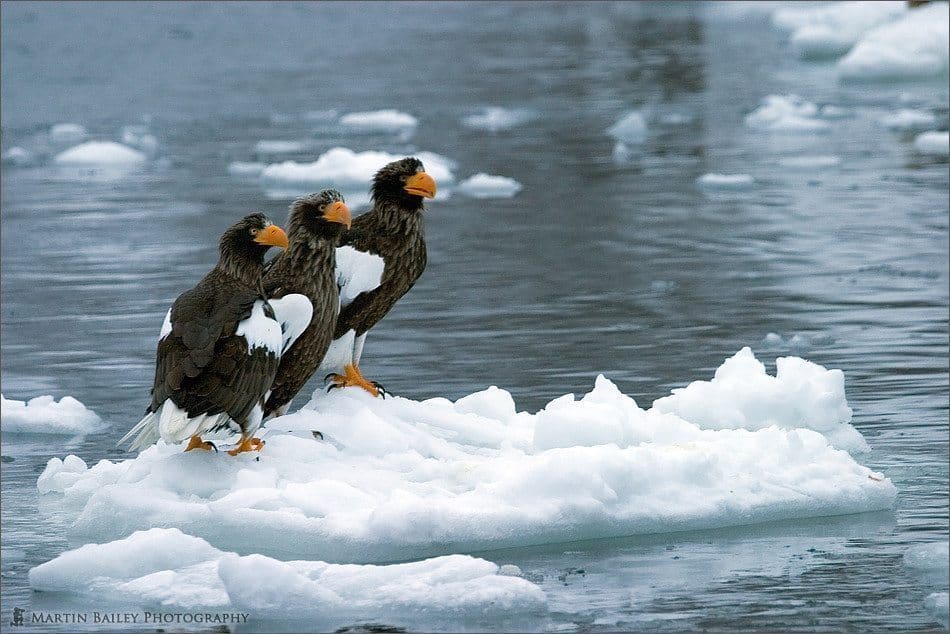
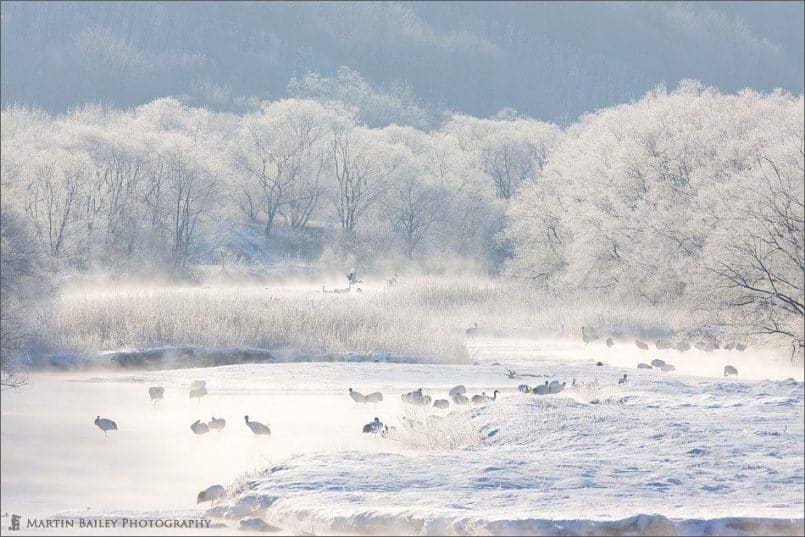
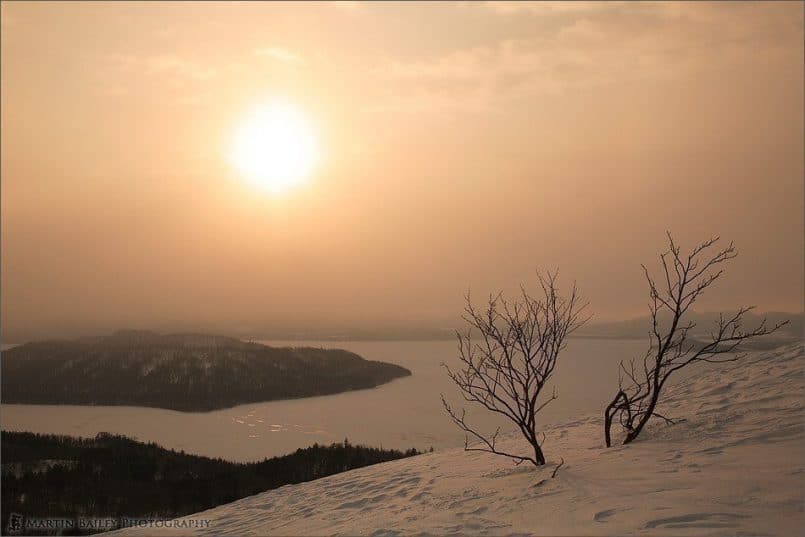
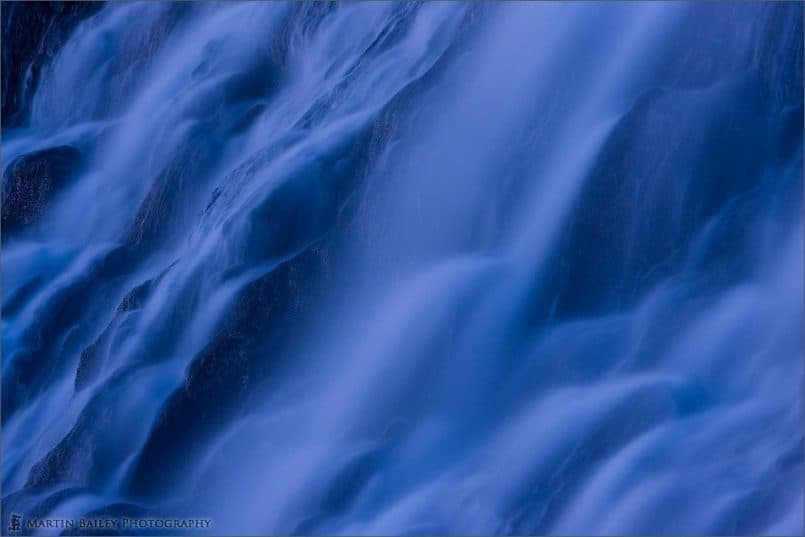
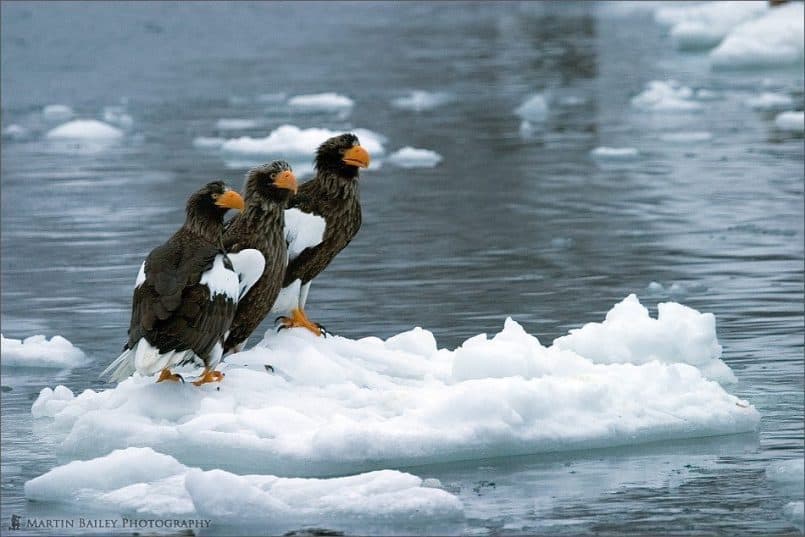
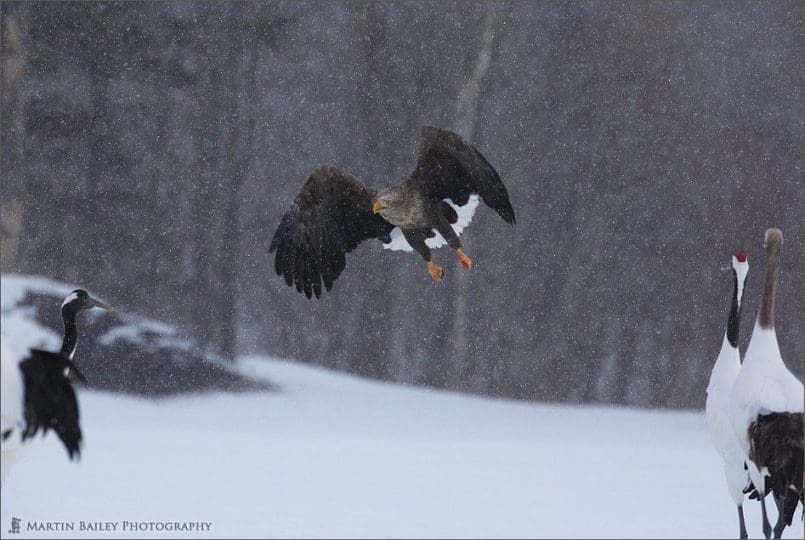
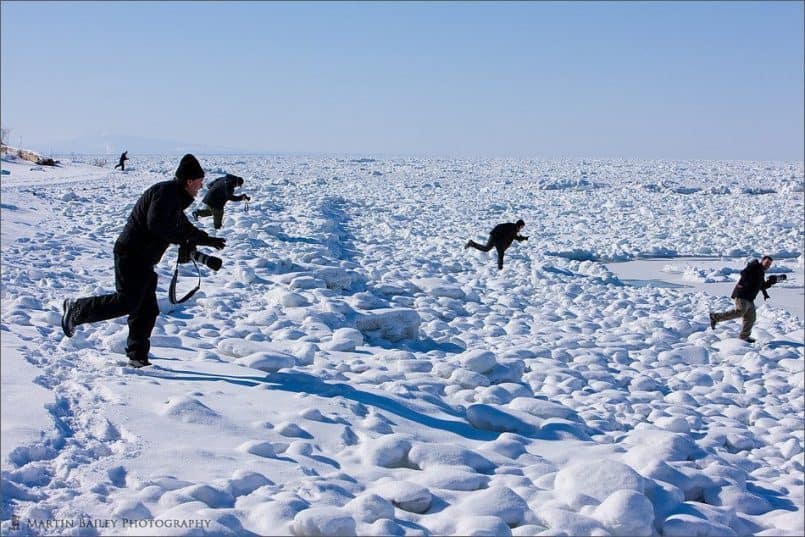
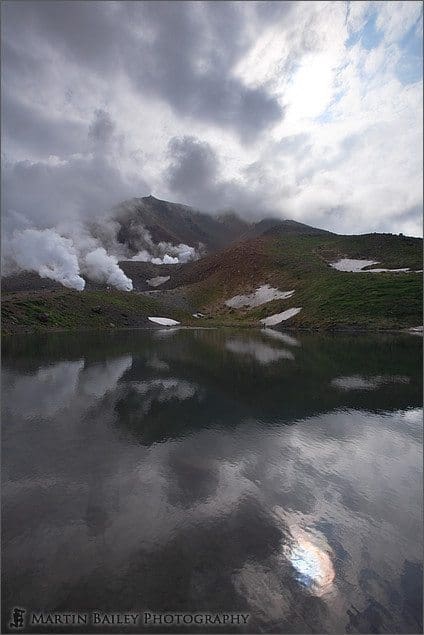







0 Comments